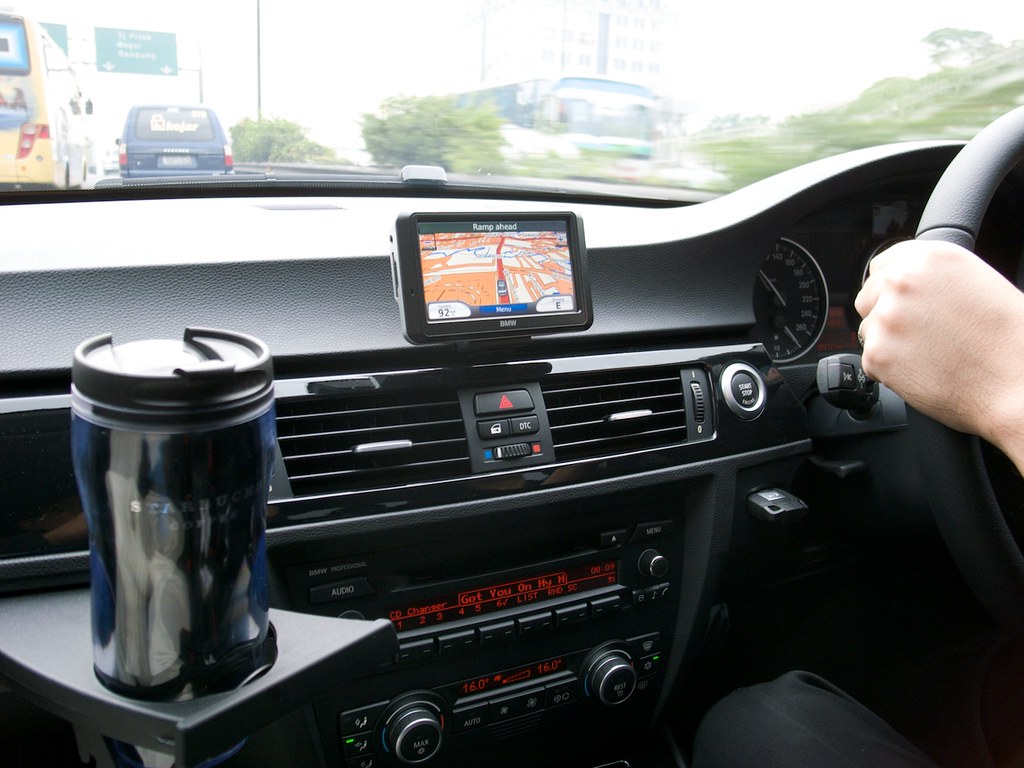From my research, I've learned that there are many benefits to using flexible seating in your classroom. (Check out this post to see some of them). I was immediately drawn to the idea of flexible seating. It promotes student choice, as they choose where to sit during different activities and learn about where they work best, or don't work well at all. I love the community building aspects and how the different and more comfortable options result in more communication and the opportunity for more conversation as a class or in small groups. Certainly the idea of comfy chairs and workspaces makes school more inviting and perhaps, fun?
But, I had my concerns as well. I have a class of high needs learners, some in wheelchairs, some with visual, or hearing concerns, autism, and all with a Developmental Disability. I want the room to be comfy and fun, but also inclusive, and accessible to all. Would the change in seating become a distraction? Would there be fights over the most popular seats? Would students miss the "ownership" of their own desks and workspace? Would the Administration team even support this radical change in classroom design.
Only one way to find out...try it out. My neighbours had bought a new couch and asked if I knew anyone who could use their old one. (It was the couch in the "good room", and while dated in a fashion sense, still looked brand new and was cozy and comfy to sit on). I said I wanted it for my classroom, but I just had to clear it with my Principal and Vice Principal first. As their new couch was on back order, they were willing to wait for my answer. So, I pitched the idea to my Admin team and gave my reasons for wanting to try it. They had some concerns, some of which were similar to my own, and they wanted to clear it with the custodial staff as well. After some consideration, I was given the go ahead to bring that sofa in. So, one clear October morning, my kind husband helped me load it up in the truck and carry it up to my classroom on the second floor. He didn't question why I was doing it, maybe he just trusts that I have good research behind my decisions, or maybe he is just used to having a wife who does a lot of things he doesn't understand. Happy wife, Happy life?
That's how the experiment began. With just one couch.
I placed it off to the side of the classroom, by our bookshelves, hoping to inspire more independent reading with it's enticing luxury. My students came in the room that morning and noticed it right away (It has brilliant pink flowers on it - it is hard to miss). We started that day with a class meeting about the couch. What was it for? Did we need rules for the couch? When could they use it? We bantered and brainstormed about it. They all took turns trying out the comfort level and pronounced it homey, if "rustic" (their word, not mine). They decided we needed a few "couch guidelines".
1. No laying on the couch. It needs to be shared by up to 3 people.
2. No feet on the couch. We want to keep the couch clean and respect that everyone in the room uses it.
3. No one has ownership of the couch individually. You cannot claim a spot permanently.
These were their "guidelines" I would help enforce them... if they needed me to, but I told them that the future of the couch in the room was up to them. If things went well, we keep the couch. If I needed to constantly intervene to help them with their own "guidelines", then the couch would have to go.
From that day forward, there was often one or more students on the couch. I was rarely called on to remind someone about couch etiquette. They did not fight over it. They read on it, used clip boards to work on it and loved to sit and work on their iPads or Chromebooks on it.
Early in December, they asked if we could move the couch. Student desks were usually arranged in a C formation around the room, so that we could all see each other during discussions. If needed, they were re-aranged into small groupings for collaborative work. The students wanted the couch to be inside that C formation, so that they could sit on it and be more a part of discussions, and in the center of the room. It sounded reasonable to me. So we moved it. It was an even better spot. It was never empty and it seemed to improve our feeling of community.
Just before March Break, our Principal told us he was replacing all the furniture in the staff room. The old stuff would either be thrown out or donated. I asked if I could have 3 of the sturdy, yet comfortable chairs and two end tables. He gave me the ok, so a few students and I moved them to our classroom before he could change his mind. The chairs are a hideous dusty rose colour, which match the pink flowers on our couch perfectly. It was meant to be.
That's around the time that I noticed that my students were consistently choosing the flexible seating options over their desks. They rarely sat at their desks anymore, and generally only because there were only 6 comfy seats available. The quality of their work did not change. I think the relationships in the room improved as they learned to share and rotate their seats so that everyone could use the "good seats." In June, when I asked them to blog about the things they liked about the school year, the new seating came up in almost every post, right up there with our class trip to Medieval Times and Casa Loma in Toronto. High praise, indeed!
Just as exams were ending, a friend of a friend offered me her leather couch and another chair. She was moving and didn't have room for them. On the PD day, we met her before school started and moved them into our classroom. On the same day, my Educational Assistants and I moved all the desks out. We kept a few different sized tables and I ordered some ball chairs. A relative has offered up her rocking chair after they move in August. I've included a few pictures to show you how the room looked as I left it on our last work day before summer.
 |
| Some tired Educational Assistants enjoy a few moments on the "new" furniture after moving it in and the desks out on the last work day in June. |
I don't know if it will work as well as I hope it will. I don't know if the set up of the room will change, or if I will need to bring back a few desks. I have a new class of students and don't know if they will respond as well to Flexible Seating as last year's class did.
I do know I've gone all in on Flexible Seating. I'll let you know how it goes.
As always, I welcome your comments, questions and advice in the comment section below.











